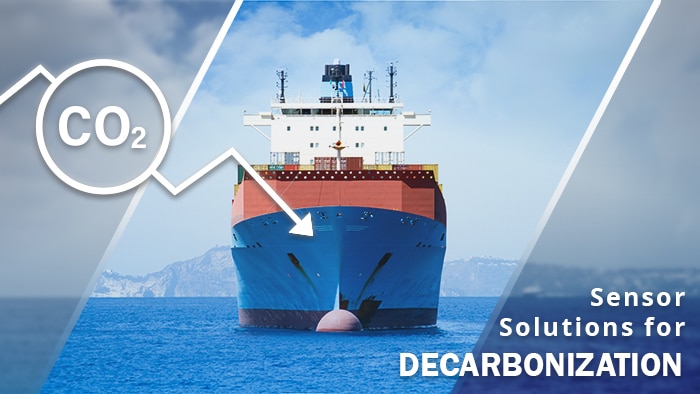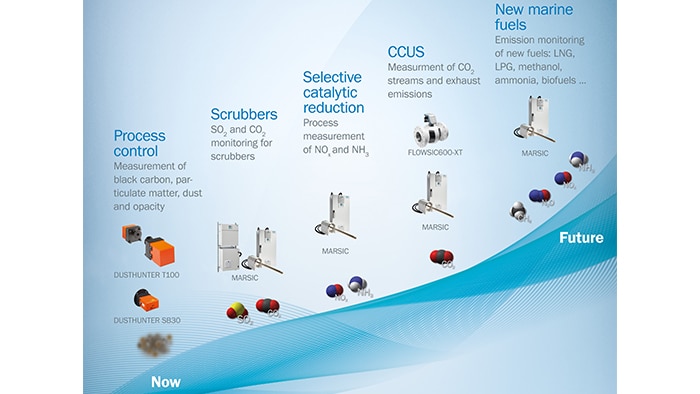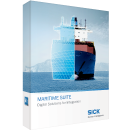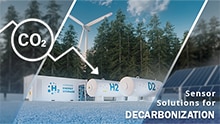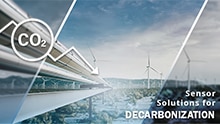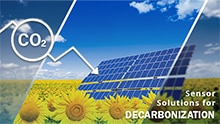“The control and continuous monitoring of verified emissions data and the ability to make them available to various interest groups is essential and can no longer be ignored. The drivers for this include reporting systems such as IMO DCS, MRV, Poseidon Principles or, in future, EU ETS.
Through compliance with these requirements, the emissions performance will also have a commercial effect. Ships with emissions that do not meet the minimum requirements, or cannot be transparently accounted for, will face greater challenges in the market. Reliable emissions data are therefore the entry pass to trade.”
Benjamin Witt, Principal Environmental Compliance Engineer, DNV
